Home>Home Appliances>Bathroom Appliances>How Many Amps In A Hair Dryer
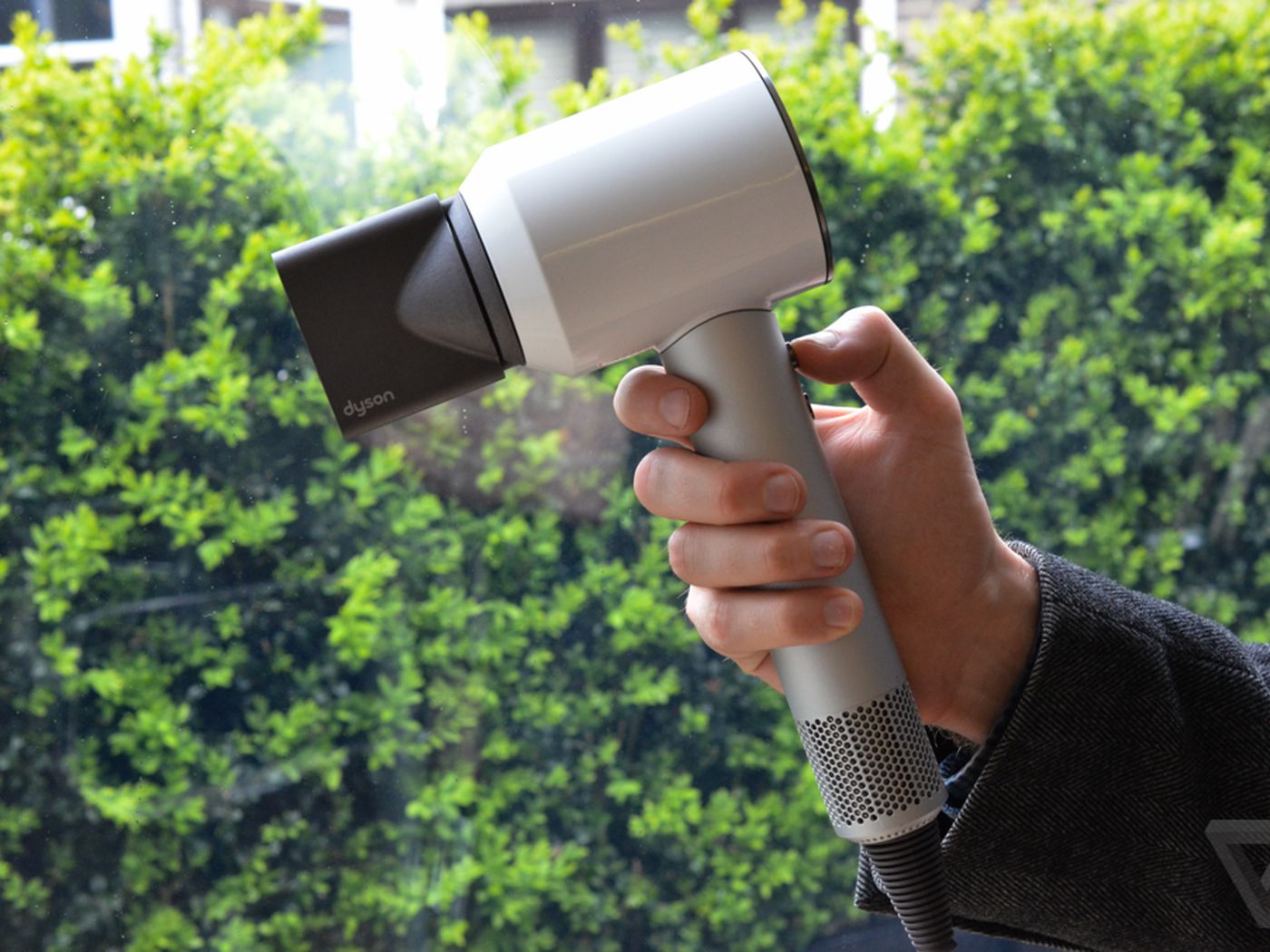

Bathroom Appliances
How Many Amps In A Hair Dryer
Modified: February 20, 2024
Discover the ideal amperage for bathroom appliances like hair dryers. Learn how many amps are suitable for your bathroom appliances. Gain insights now!
(Many of the links in this article redirect to a specific reviewed product. Your purchase of these products through affiliate links helps to generate commission for Storables.com, at no extra cost. Learn more)
**
Introduction
**
When it comes to hair care, a trusty hair dryer is a staple in many households. Whether you're looking to achieve a sleek and polished look or add volume and bounce to your locks, a hair dryer can be a versatile tool. However, understanding the technical aspects of this everyday appliance, such as its amperage, is crucial for both efficient usage and safety.
In this article, we'll delve into the world of amps in hair dryers, shedding light on the significance of amperage, its implications for hair dryer performance, and the safety considerations associated with this essential bathroom appliance. Whether you're a beauty enthusiast or simply seeking to expand your knowledge, this exploration of amps in hair dryers will provide valuable insights and practical guidance. So, let's embark on this enlightening journey into the world of hair dryer amperage!
**
Key Takeaways:
- Understanding Amps
Hair dryers operate at 10-15 amps, impacting power and energy use. Higher amps mean faster drying but also higher bills. Safety tip: use outlets with GFCIs and avoid water. - Safety First
Check cords for damage, use GFCI outlets, and store dryers away from water. Understanding amps helps choose the right dryer for efficient and safe hair care.
Read more: How Many Amps Are In A Dryer
Understanding Amps
**
Before delving into the specifics of amps in hair dryers, it’s essential to grasp the concept of amperage and its significance in electrical devices. Amperage, often referred to as amps, is a unit used to measure the flow of electric current in a circuit. In simple terms, it quantifies the rate at which electric charge passes through a specific point in a conductor.
Understanding amps is crucial for assessing the electrical requirements and capabilities of various appliances. Amperage directly impacts the performance of electrical devices, influencing factors such as power consumption, heat generation, and overall functionality. In the context of hair dryers, the amperage rating plays a pivotal role in determining the device’s power output and energy consumption.
When evaluating amperage, it’s essential to consider the relationship between voltage, amperage, and power (measured in watts). According to Ohm’s Law, power (P) is equal to the product of voltage (V) and current (I), represented by the formula P = V x I. This formula illustrates the interdependence of voltage, amperage, and power, highlighting the impact of amperage on the overall electrical characteristics of a device.
Furthermore, amperage is closely tied to electrical safety. Overloading a circuit with excessive amperage can lead to overheating, tripped circuit breakers, or even electrical fires. Therefore, understanding the amperage requirements of appliances is paramount for maintaining a safe and efficient electrical system within a household.
Now that we’ve established a foundational understanding of amps, let’s explore how this concept applies specifically to the realm of hair dryers, shedding light on the amperage considerations that are integral to their performance and safety.
**
Amps in Hair Dryers
**
When it comes to hair dryers, amperage plays a crucial role in determining the device’s power output and performance. Most standard household hair dryers typically operate at an amperage ranging from 10 to 15 amps. This amperage range is well-suited for efficient hair drying while ensuring compatibility with common household electrical systems.
The amperage rating of a hair dryer directly influences its power consumption and heat generation. Higher amperage hair dryers tend to deliver increased power output, resulting in faster drying times and enhanced styling capabilities. However, it’s important to note that higher amperage also corresponds to greater energy consumption, which can impact electricity bills over time.
Furthermore, the amperage of a hair dryer is closely linked to its wattage, another crucial metric that quantifies the device’s power output. The wattage of a hair dryer is calculated by multiplying its voltage (typically 120 volts in the United States) by its amperage. Therefore, a hair dryer operating at 120 volts and 10 amps would have a power rating of 1200 watts, while a dryer drawing 15 amps would deliver 1800 watts of power.
Understanding the amperage of a hair dryer is essential for selecting the appropriate electrical outlets and circuits. Higher amperage dryers may require dedicated circuits to accommodate their power demands, ensuring safe and efficient operation without overloading the electrical system. Additionally, it’s important to verify that the electrical outlets used for hair dryers are equipped with Ground Fault Circuit Interrupters (GFCIs) to enhance safety and protect against electrical hazards, especially in bathroom environments where hair drying often takes place.
While amperage directly influences the performance and power consumption of hair dryers, it’s important to strike a balance between power output and energy efficiency. By understanding the amperage ratings of hair dryers and their implications, consumers can make informed decisions when selecting a hair dryer that aligns with their styling needs and electrical infrastructure.
Next, let’s delve into the safety considerations associated with hair dryer amperage, highlighting the importance of electrical safety when using these essential grooming tools.
**
Most hair dryers use around 15 amps of electricity. Be sure to check the label or manual for the specific amp usage of your hair dryer before using it.
Safety Considerations
**
When using hair dryers, especially those with higher amperage ratings, it’s crucial to prioritize electrical safety to prevent potential hazards and ensure a secure grooming experience. Understanding the following safety considerations can help users mitigate risks associated with hair dryer usage:
- Electrical Outlet Safety: It’s imperative to use electrical outlets that are compatible with the amperage requirements of the hair dryer. Overloading a standard household outlet with a high-amperage hair dryer can lead to overheating, electrical fires, or damage to the electrical system. If a hair dryer requires a higher amperage, consider using outlets on dedicated circuits or consulting an electrician to assess and address the electrical requirements.
- Cord and Plug Inspection: Regularly inspect the power cord and plug of the hair dryer for any signs of wear, fraying, or damage. Damaged cords or plugs can pose electrical risks, and using a hair dryer with compromised wiring can lead to electrical shocks or short circuits. If any issues are detected, discontinue use of the hair dryer and have it inspected by a qualified professional or replaced if necessary.
- Bathroom Safety: As bathrooms are common locations for hair drying, it’s essential to prioritize safety in this potentially hazardous environment. Ensure that the electrical outlet used for the hair dryer is equipped with a Ground Fault Circuit Interrupter (GFCI) to protect against electrical shocks in wet or humid conditions. Additionally, avoid using a hair dryer near water sources to minimize the risk of electrical accidents.
- Proper Handling and Storage: When not in use, store the hair dryer in a dry location away from water or moisture. Avoid wrapping the cord tightly around the dryer, as this can lead to cord damage over time. Proper storage and handling of the hair dryer can prolong its lifespan and reduce the likelihood of electrical issues.
By prioritizing these safety considerations, users can enjoy the benefits of their hair dryers while minimizing the potential electrical risks associated with high-amperage devices. Additionally, staying informed about electrical safety best practices and seeking professional guidance when needed can contribute to a secure and reliable hair drying experience.
With a clear understanding of the amperage implications and safety considerations related to hair dryers, users can confidently navigate the world of hair care appliances while ensuring efficient and secure usage.
**
Conclusion
**
As we conclude our exploration of amps in hair dryers, we’ve gained valuable insights into the significance of amperage in shaping the performance, power consumption, and safety considerations associated with these essential grooming tools. Understanding the amperage ratings of hair dryers empowers users to make informed decisions when selecting a device that aligns with their styling needs while prioritizing electrical safety.
From comprehending the foundational concepts of amperage to recognizing its implications for hair dryer functionality, we’ve unraveled the pivotal role that amps play in the realm of hair care appliances. By grasping the relationship between amperage, power output, and energy efficiency, users can navigate the diverse array of hair dryers available in the market, selecting devices that deliver optimal performance without compromising safety.
Moreover, our exploration of safety considerations has underscored the importance of electrical safety when using high-amperage hair dryers. By adhering to best practices such as selecting appropriate electrical outlets, inspecting power cords, and prioritizing bathroom safety, users can mitigate potential electrical hazards and foster a secure grooming environment.
As technology continues to advance, the landscape of hair care appliances, including hair dryers, is evolving to offer enhanced performance and user-centric features. With this evolution, it becomes increasingly important for consumers to stay informed about the technical aspects of these devices, including amperage, to make educated choices that align with their individual needs and safety requirements.
In essence, our journey into the world of amps in hair dryers has shed light on the intersection of technology, safety, and user empowerment. By embracing a comprehensive understanding of amperage and its implications, users can embark on their hair care routines with confidence, efficiency, and a steadfast commitment to electrical safety.
As you reach for your trusty hair dryer to perfect your hairstyle, may this newfound knowledge enrich your grooming experience and inspire a proactive approach to electrical safety in your daily routine.
Frequently Asked Questions about How Many Amps In A Hair Dryer
Was this page helpful?
At Storables.com, we guarantee accurate and reliable information. Our content, validated by Expert Board Contributors, is crafted following stringent Editorial Policies. We're committed to providing you with well-researched, expert-backed insights for all your informational needs.
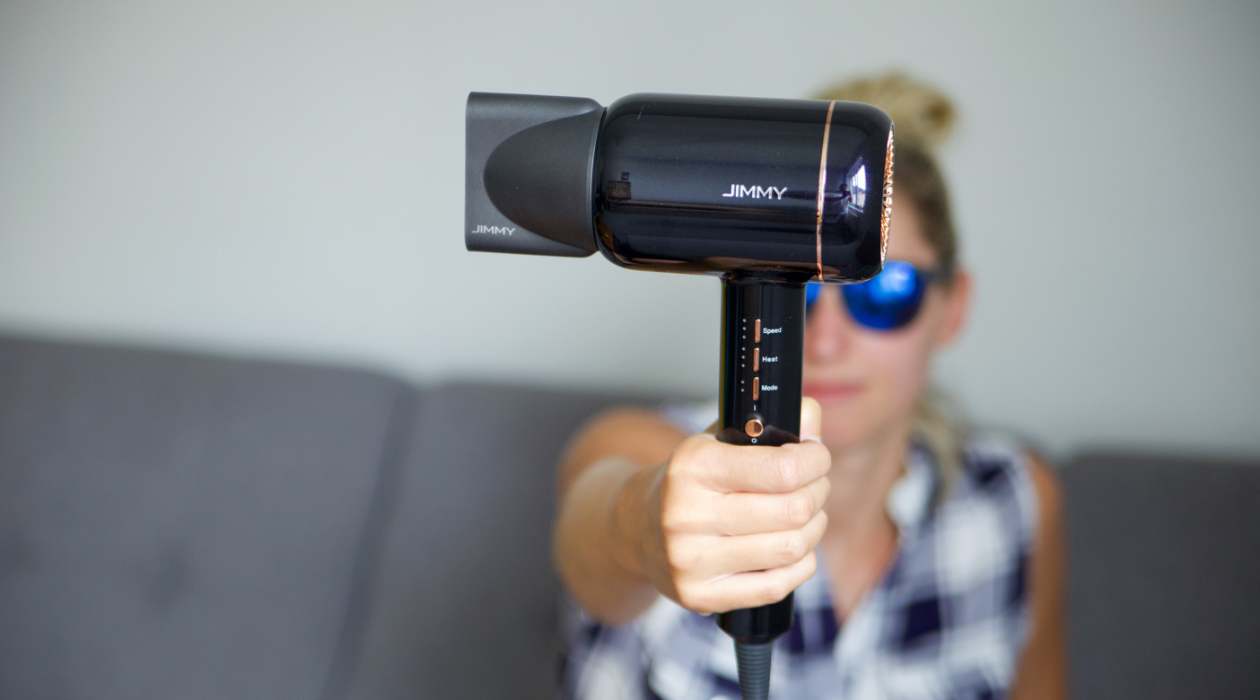
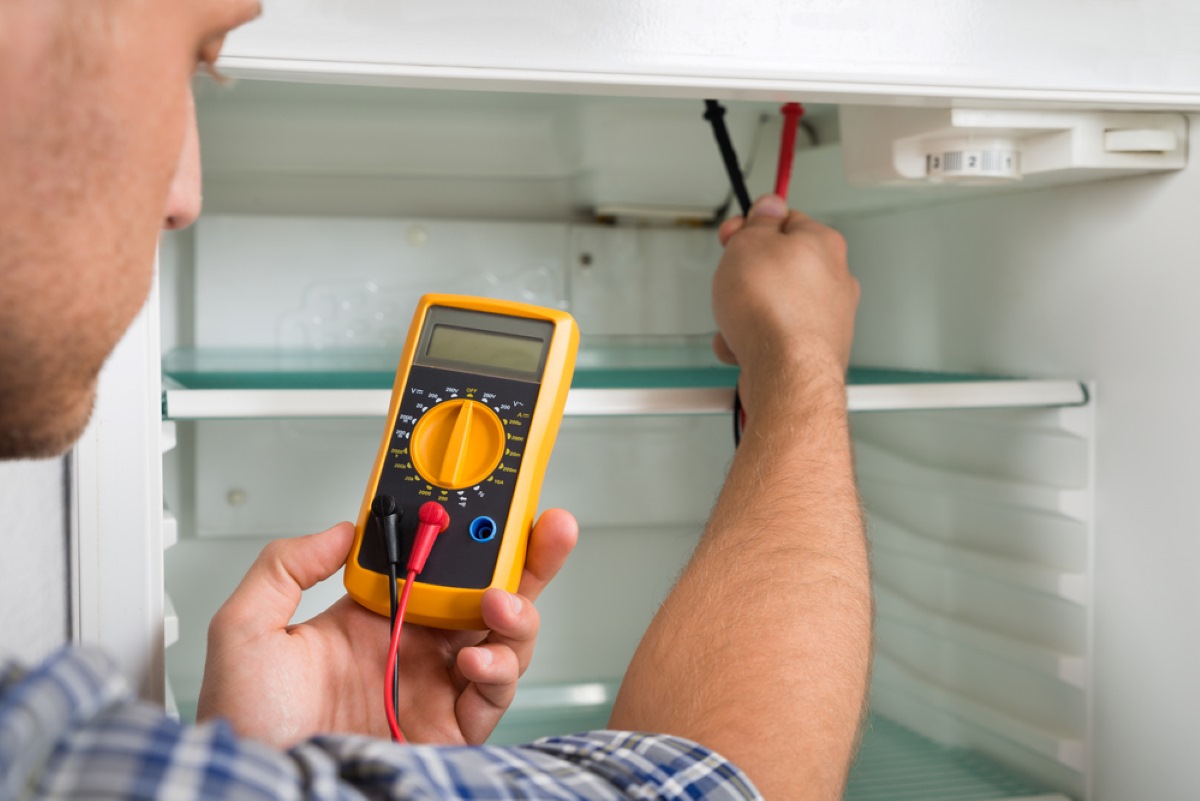
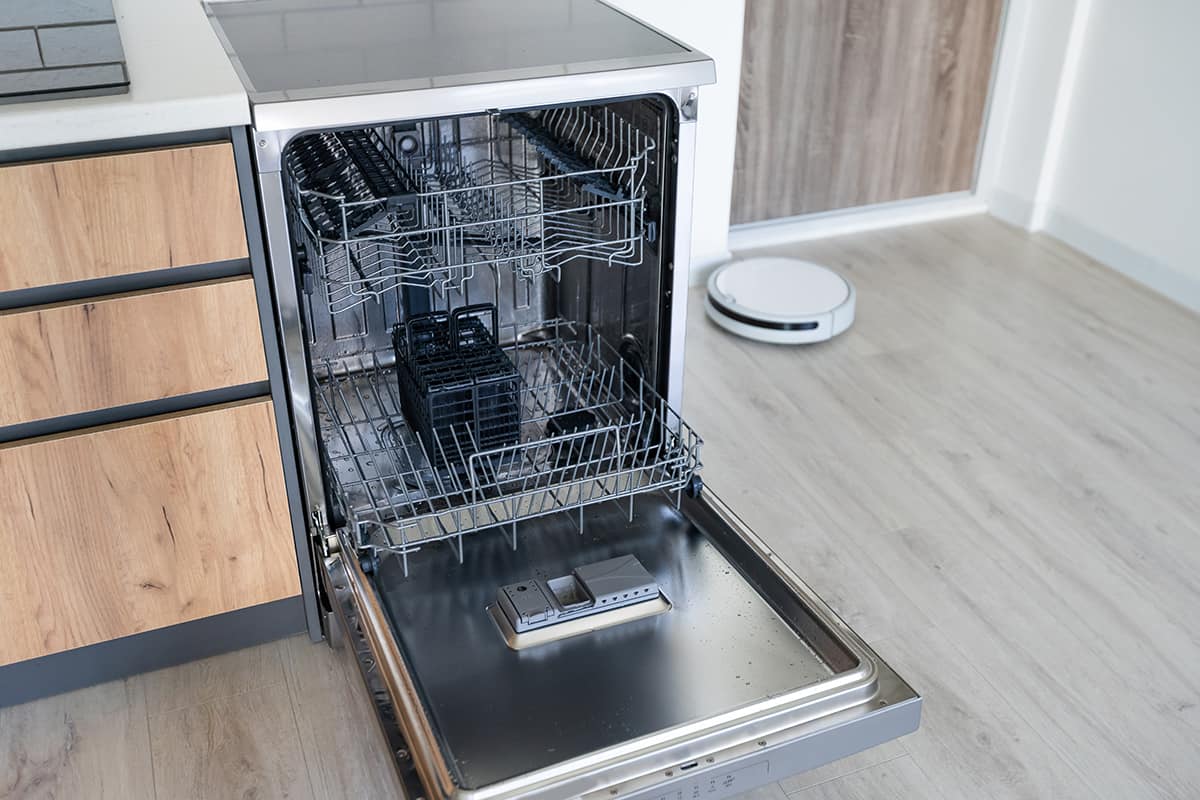
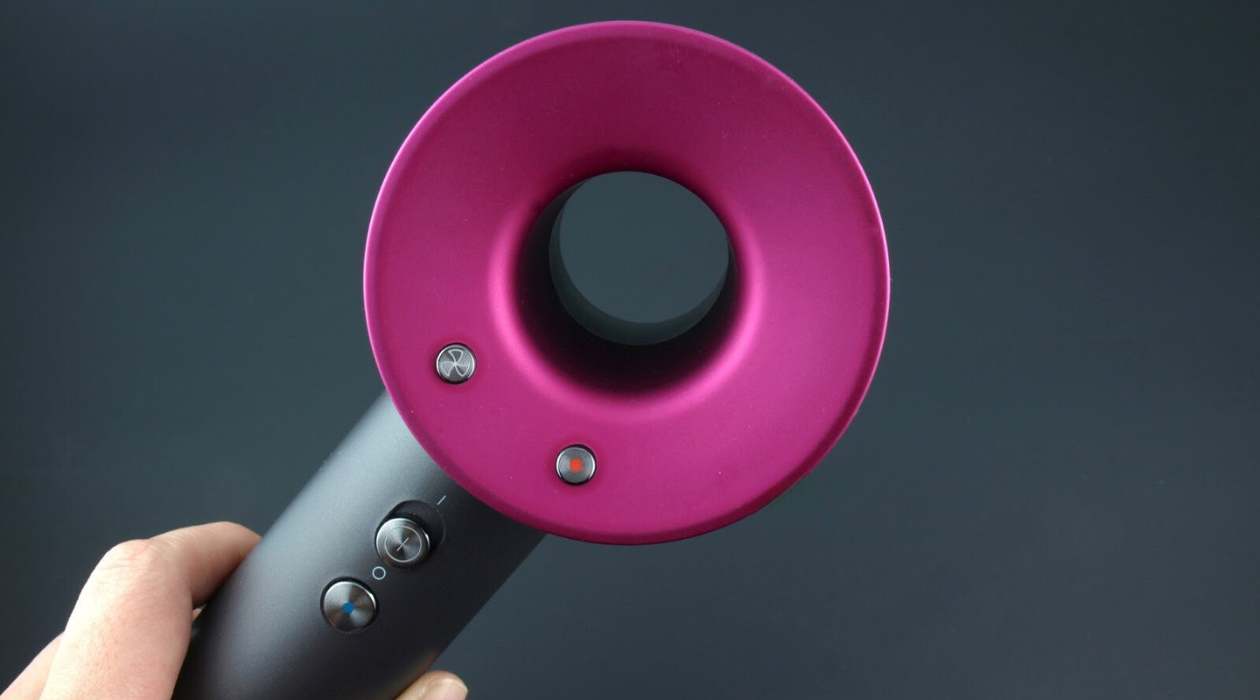
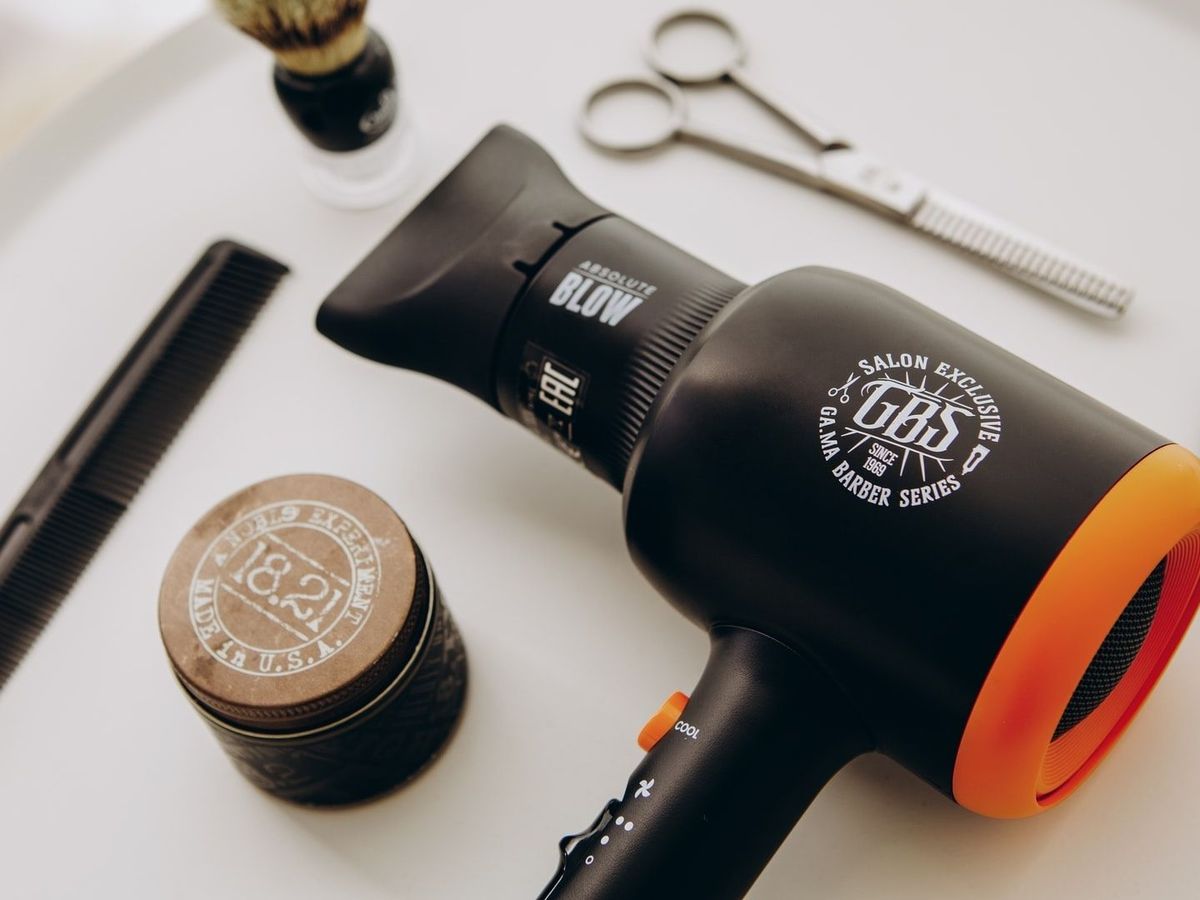

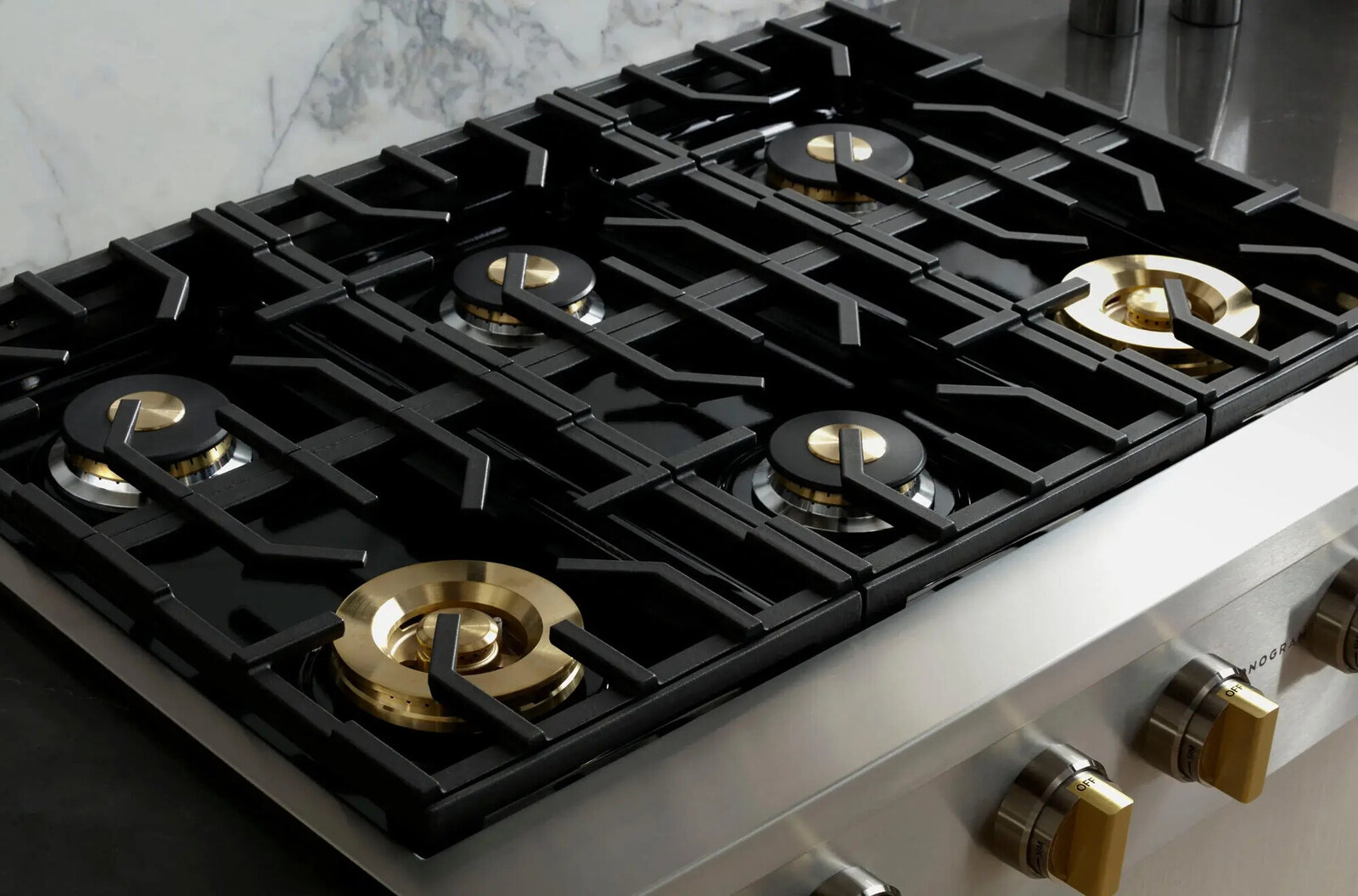
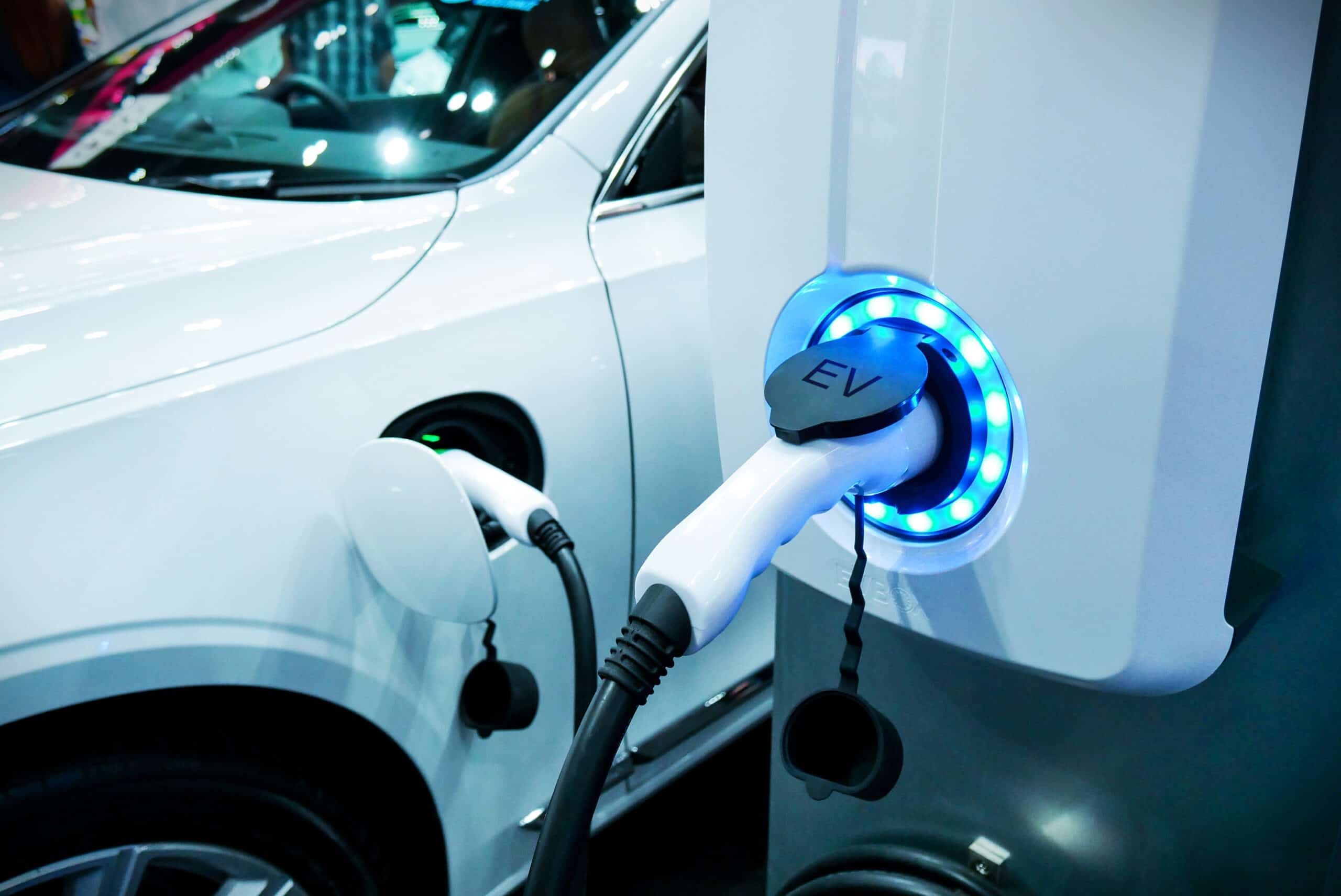
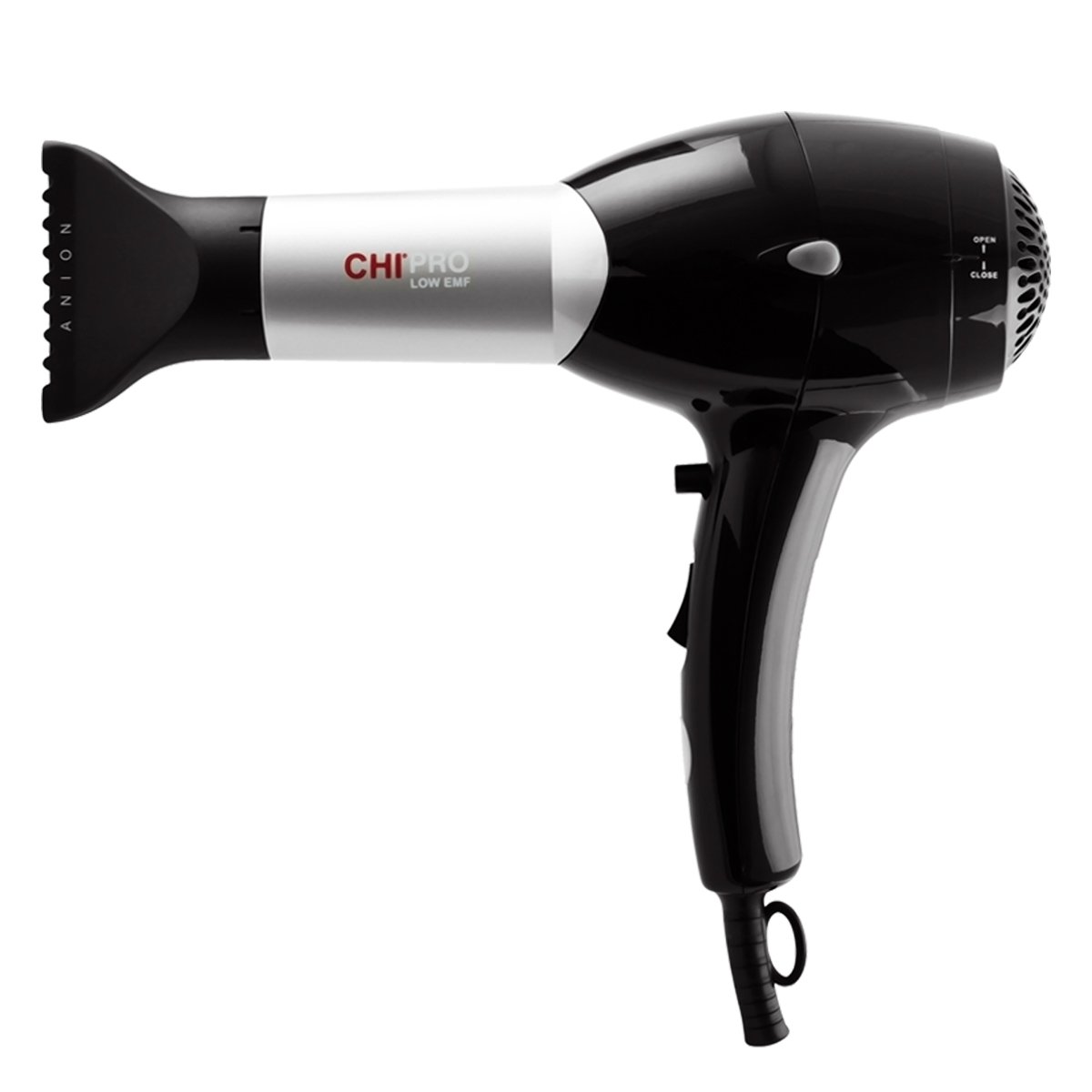
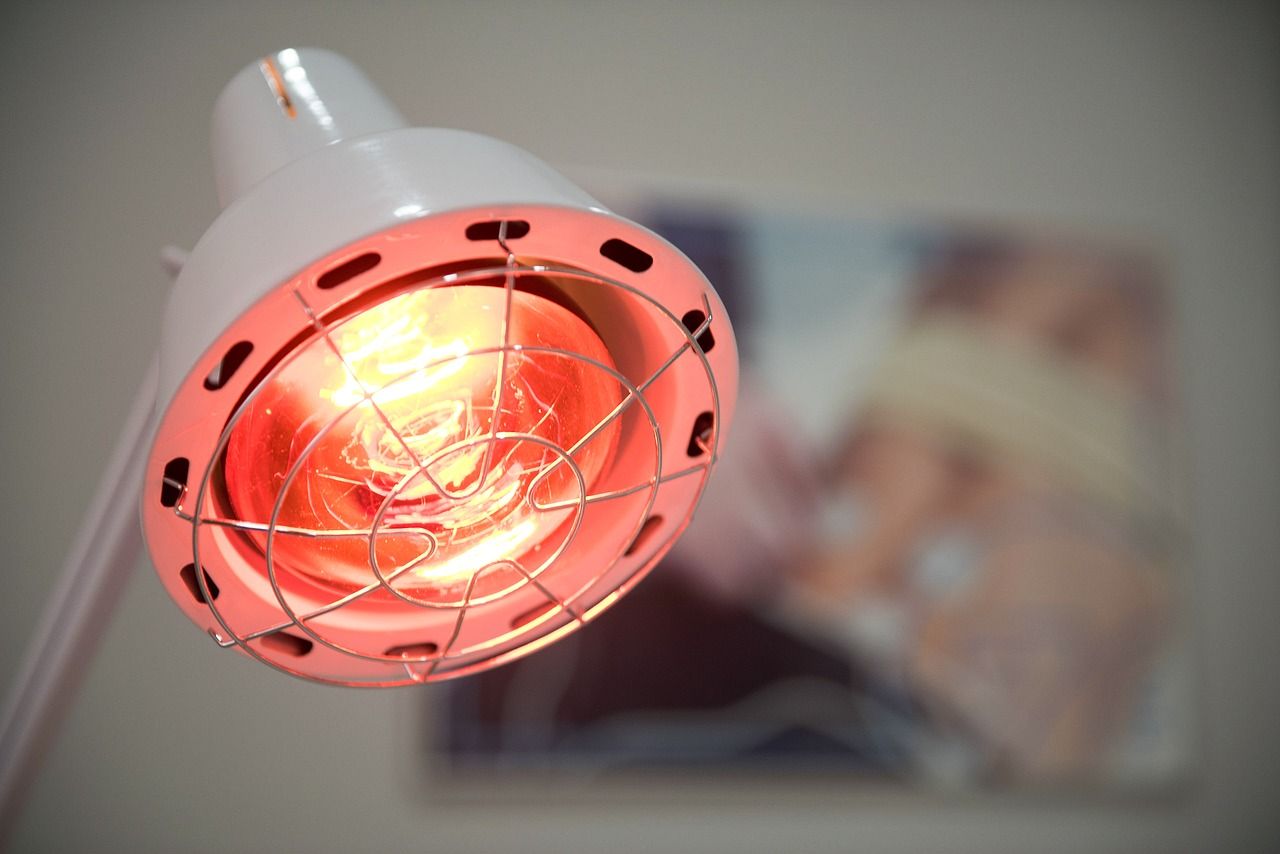
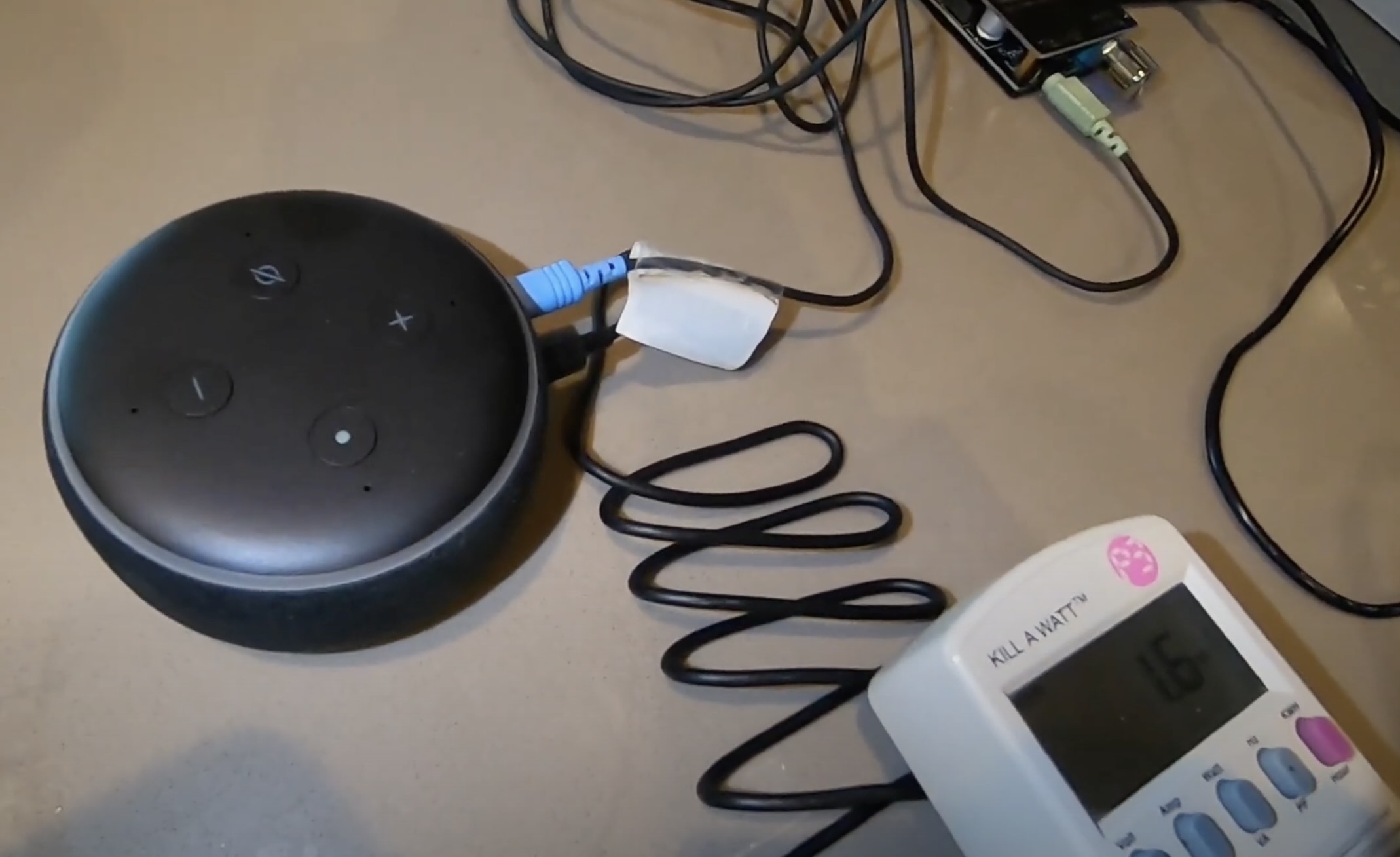
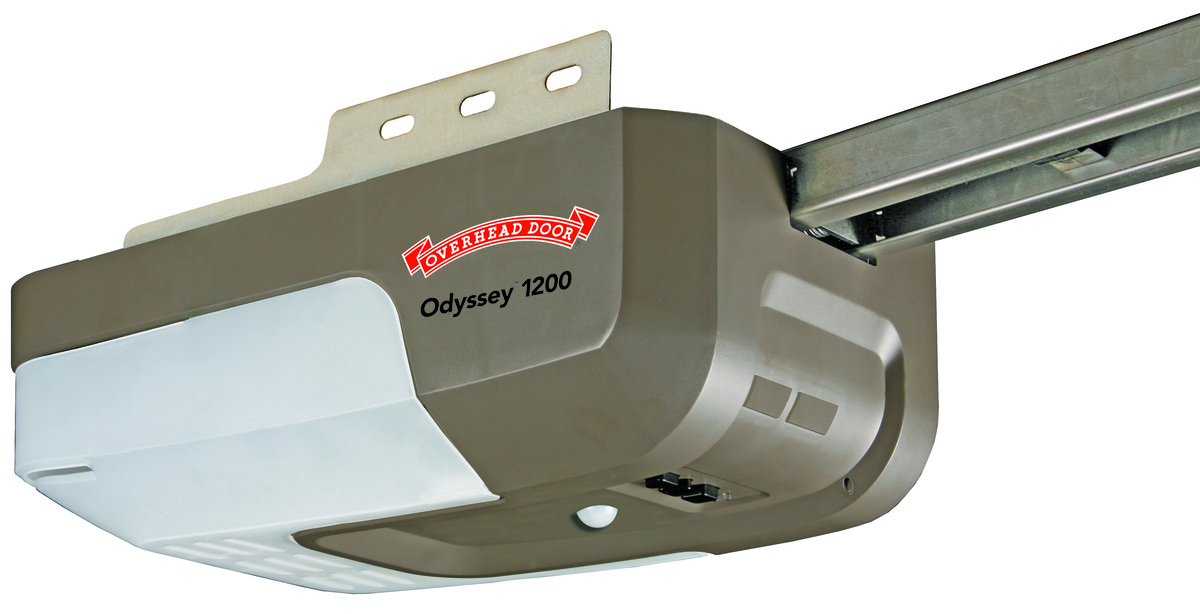
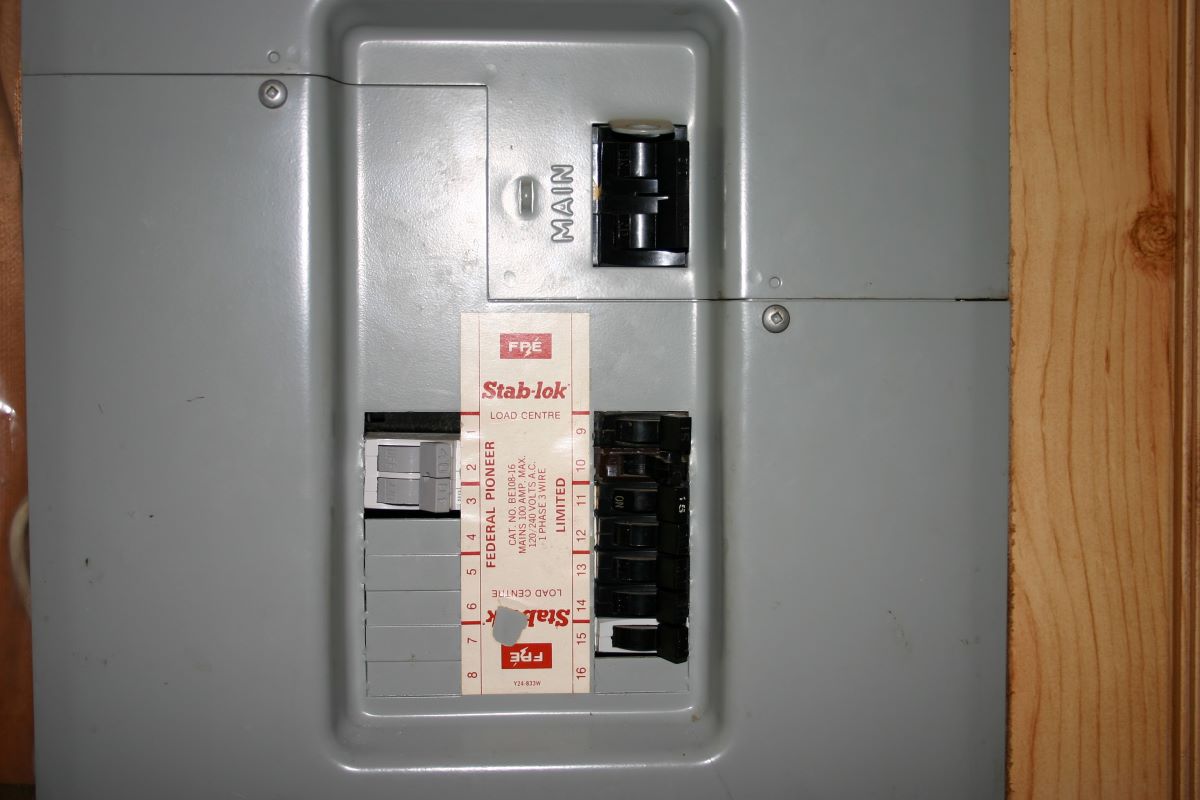
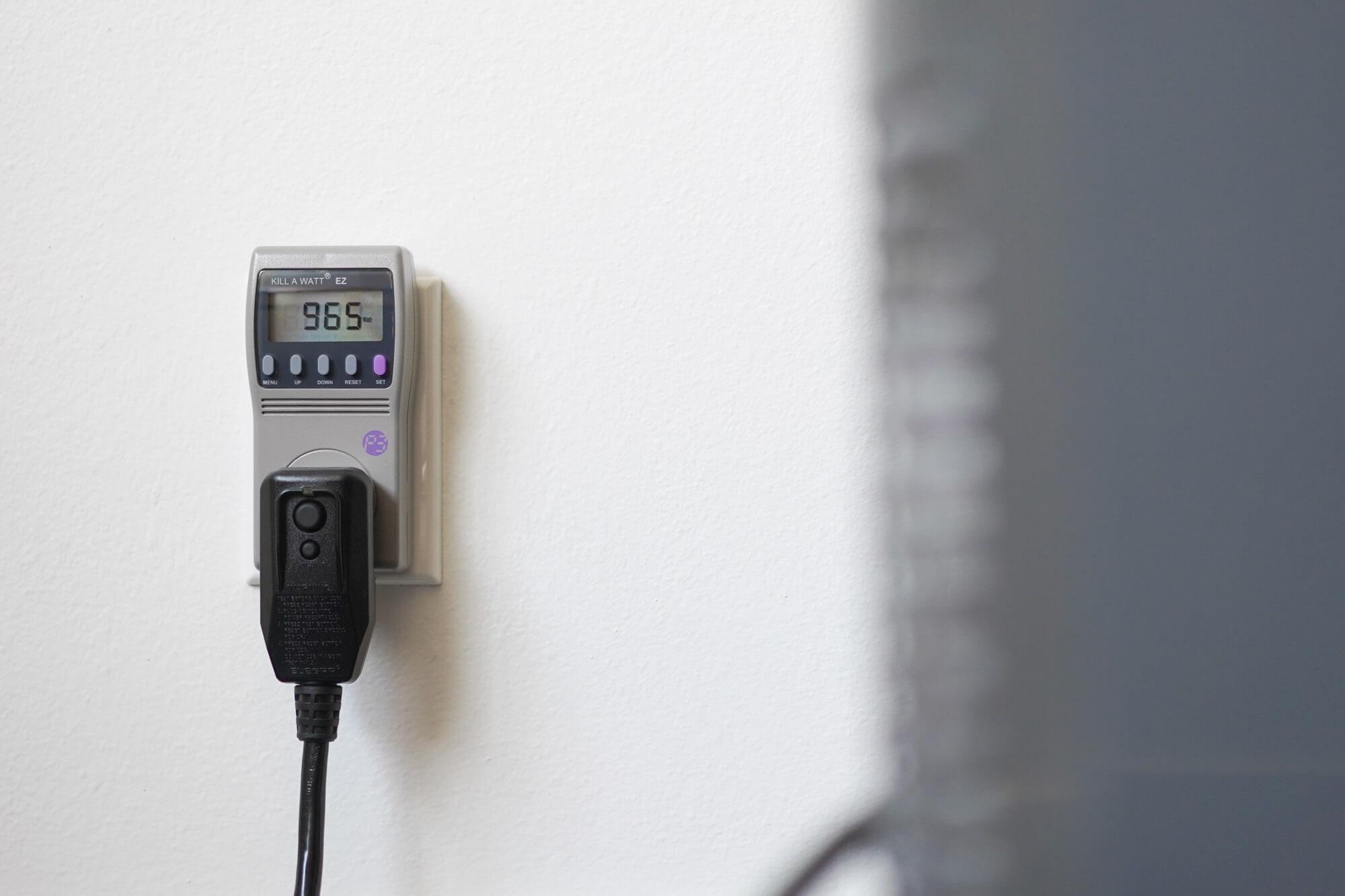
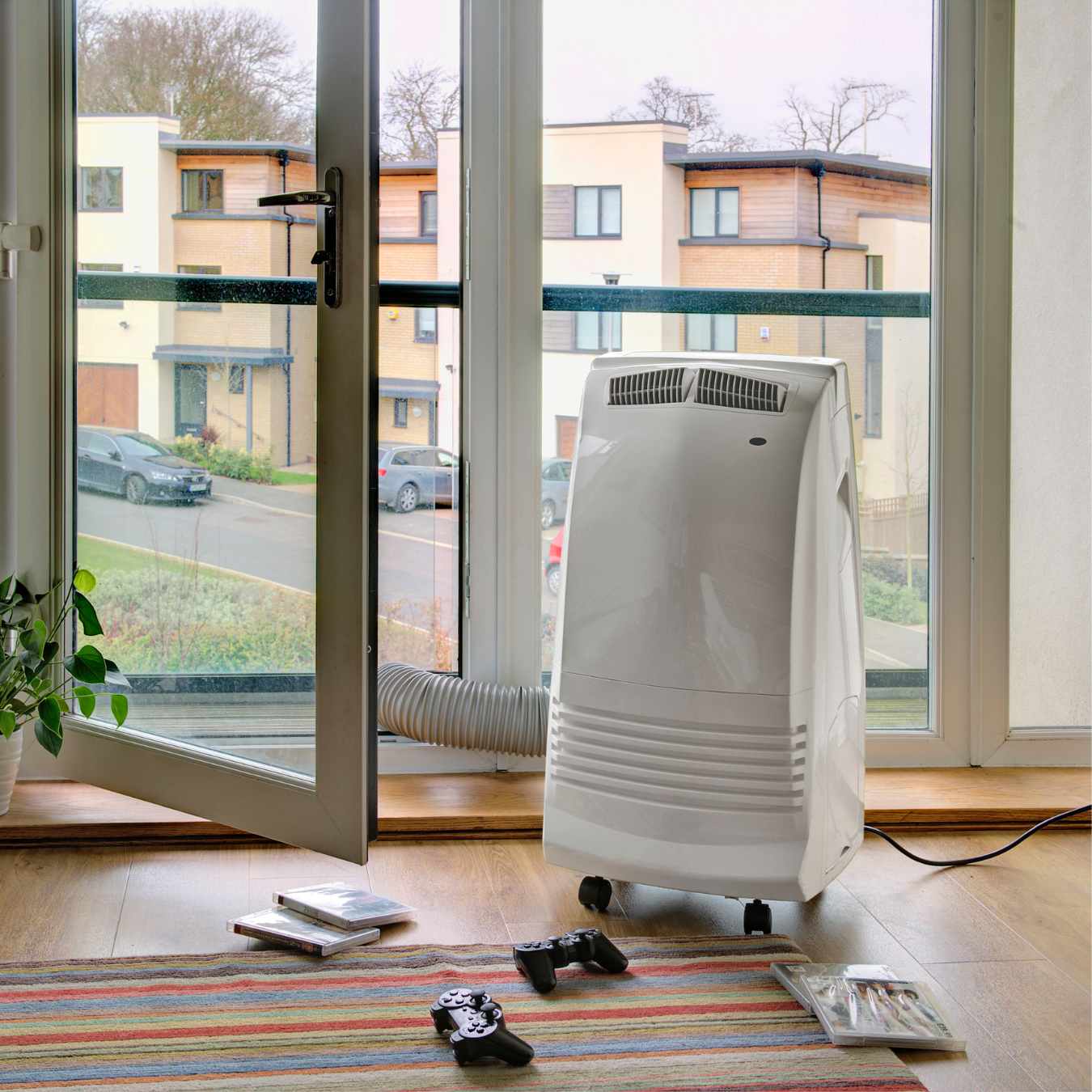

0 thoughts on “How Many Amps In A Hair Dryer”